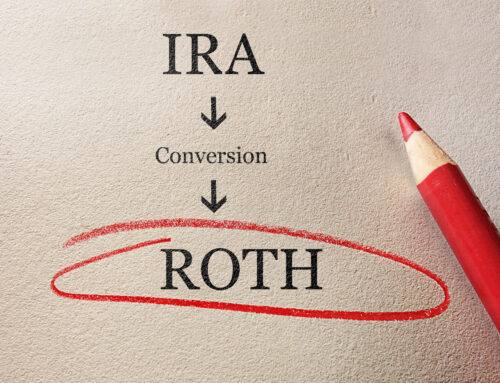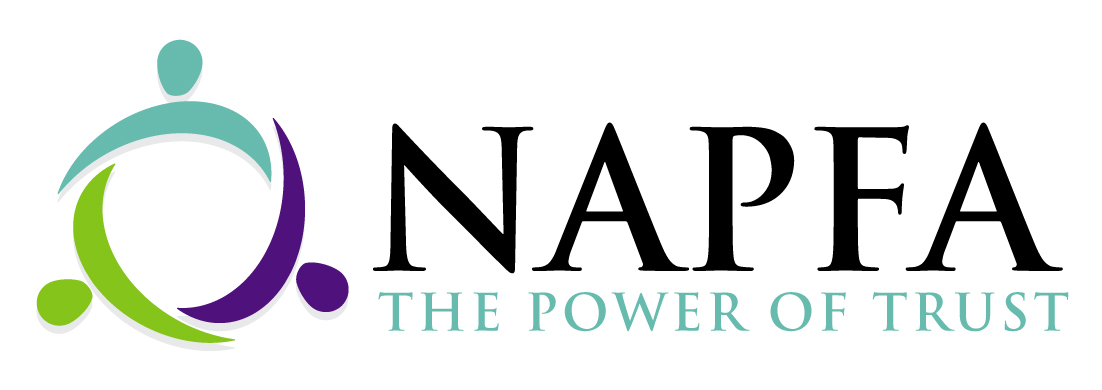What tax deductions and credits are available?
Tax write-offs, or more commonly described as tax deductions, will lower your taxable income. By subtracting the deductible expenses, you decrease your taxable income and thus reduce your tax liability.
Generally, the two ways to claim your tax deductions are the standard deduction or itemized deductions, of which you can only choose one. The standard deduction is essentially a flat-dollar reduction to your adjusted gross income (AGI). The Tax Cuts and Jobs Act (TCJA) of 2017 nearly doubled the standard deduction but it also eliminated or restricted many itemized deductions through 2025, which caused most taxpayers to choose the standard deduction. However, for those that have deductions that exceed the standard deduction, it may be beneficial to itemize so that you can save money. Keep in mind that this requires more forms as well as proof that you’re entitled to those deductions. Let’s take a look at some strategies to reduce tax.
Mortgage Interest
Homeowners can deduct mortgage interest on their primary residence and a second home, however the TCJA limited the deduction on the first $750,000 of mortgage debt. There’s no longer a deduction for interest paid on home equity loans unless the debt is used to buy, build, or substantially improve your home that secures the loan.
Business Deductions
- Qualified Business Income (QBI) deduction
- Home Office or Rent expenses
- Health & Business insurance premiums
- Continuing Education costs
- Auto Expenses related to business travel
- Retirement savings contributions
- Self-Employment taxes
- Office Supplies, Phone & Internet costs
- Business travel & meals
- Advertising & Marketing expenses
- Certain professional memberships
Medical Expenses
Qualified medical expenses that exceed 7.5% of your AGI and were not reimbursed by your employer or insurance company.
State & Local Taxes (SALT)
Up to $10,000 may be deducted for married filing jointly (MFJ) that is any combination of property taxes and either state and local income taxes or sales taxes.
Qualified Charitable Contributions
Cash or property donations can be deducted when made to qualified charitable organizations, typically up to 60% of your AGI. High-income earners may benefit from a Donor-Advised Fund (DAF), which allows them to consolidate multiple years’ worth of donations into one for a larger tax break.
Health Savings Account (HSA)
An often overlooked strategy to reduce tax is contributing after-tax money to a Health Savings Account (HSA), which is tax deductible. Only cash can be contributed, not stock or property.
Traditional IRA Contributions
You may be able to deduct contributions to a Traditional IRA, although that will be dependent upon whether you or your spouse is covered by an employer retirement plan as well as your Modified Adjusted Gross Income (MAGI).
Student Loan Interest
You may deduct up to $2500 on student loan interest paid, which is subject to income phaseout.
Tax Credits
Besides tax deductions, there are many tax credits that may be available to you. A tax credit is different than a tax deduction in that it is a dollar-for-dollar reduction to your actual tax bill, and a few of them are refundable. Here are some of the available tax credits, most of which are based upon your income and number of dependents, that can be great strategies to reduce tax.
- Child tax credit
- Child and Dependent Care tax credit
- American Opportunity tax credit
- Lifetime learning tax credit
- Child Adoption tax credit
- Earned Income tax credit
- Saver’s tax credit
- Residential Clean Energy tax credit
- New Clean Vehicle tax credit




















